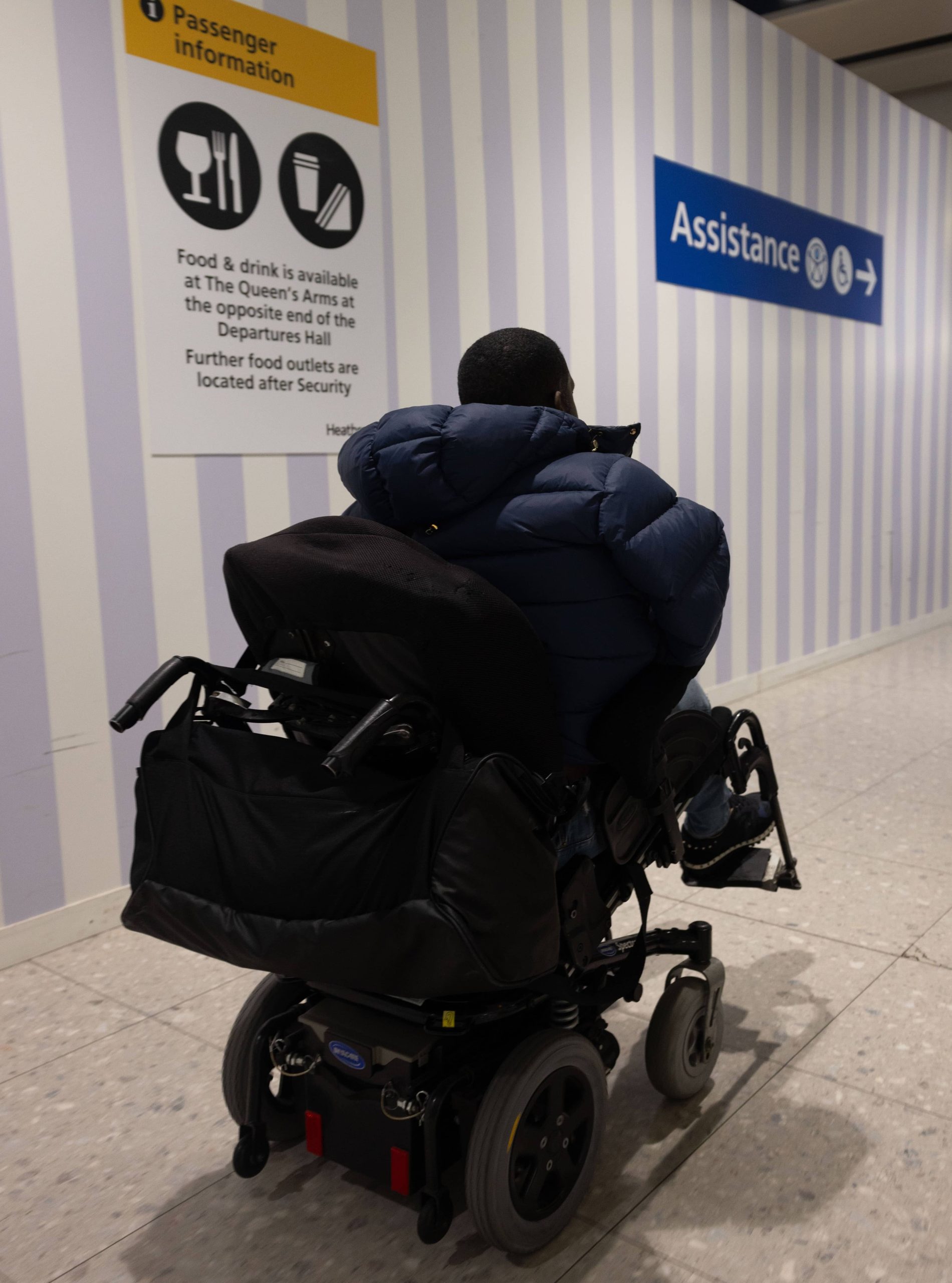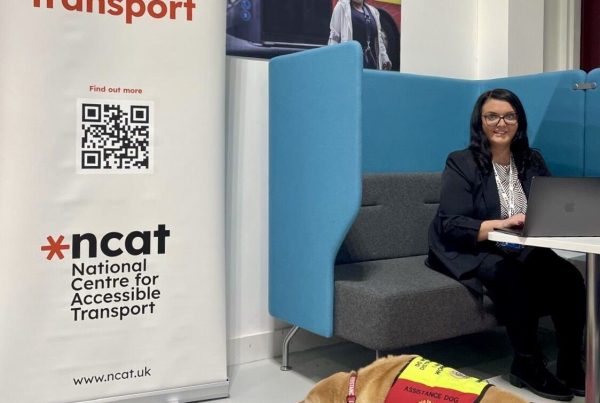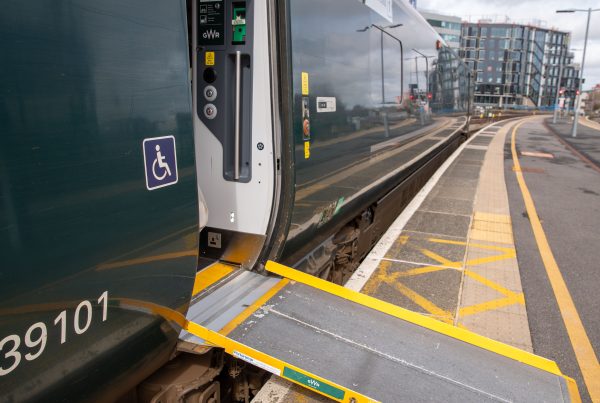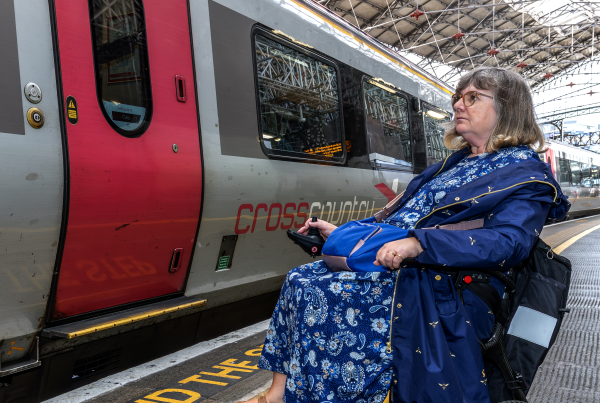
There have been numerous research studies conducted in recent years around the barriers to transport that disabled people face when planning and making a journey. In 2024, ncat’s own research found that 21% of the 1,195 disabled people surveyed reported this as a barrier to travelling, detailing a wide range of issues encountered when trying to plan a journey[1]. This supported other research in this area in 2023 from Transport for All showing how barriers are so pervasive that extensive research must be done by disabled travellers, and meticulous arrangements made before setting out, just to ensure the journey will be accessible[2].
With the importance placed on planning journeys, the National Centre for Accessible Transport (ncat) today publishes ‘Understanding and Addressing the Gap in Transport Accessibility Data’ a report that evaluates the different types of data available, and the sources, that disabled people use, along with the types of data they want, for journey planning and travel. Categories mapped include general information, service details, terrain, and location specifics.
The absence of comprehensive data is significantly affecting disabled people navigating urban environments. Accurate data collection is fundamental to understanding and addressing transport accessibility challenges.
“I haven’t had the courage to travel via public transport due to the overwhelming navigation [information] that is not so readily accessible.”
(Research participant)
The research
The report and its blueprint action plan are the result of extensive work covering a review into existing accessibility data by considering scale, accuracy, transferability, compatibility, and timeliness. This includes a comparison of requirements and actual data using sources such as Google Maps, Apple Maps and local authority tools, as well as the findings of a survey of over 1,200 disabled people into data use and needs around areas including transport service details, location and terrain specifics.
The research found that more reliable, accessible, and real-time data is needed to meet the needs of disabled people effectively. In fact, the top two types of data disabled people would like access to are real-time location and availability of assistance staff, and journey cancellation or delay information.
Data collection methods by government agencies need to be enhanced to ensure more effective, comprehensive and accurate information, bridging the gap between legislative intent and real-world application. Successful case studies highlight the transformative impact of data-driven policy reforms. Community engagement is equally crucial, ensuring that the experiences of disabled people shape transport planning.
Transport authorities must advance technological integration by incorporating assistive technologies into existing transport systems. Evidence from the European Union’s transport sector illustrates how technology can streamline services and enhance mobility.
“Integration of technology could be a game-changer, making transport more inclusive and efficient.”
(Research participant)
Blueprint Action Plan
The blueprint action plan developed as part of this research addresses the need for the standardisation of data across the transport industry. It recognises that while some data already exists, it may be of poor quality and therefore emphasises the need for quality enhancement.
Additionally, it highlights that some data is available through sources that people are unaware of, calling for increased awareness of these resources. The blueprint advocates for investment in technology to boost data quality, ensuring robust infrastructure for data collection.
Specific recommendations for service and facility operators include:
- Integrating real-time data feeds for waiting rooms/shelters to provide up-to-date information.
- Installing real-time monitoring systems for lifts to ensure they are operational and available.
- Increasing visibility of maps and wayfinding through accurate signposting.
- Installing text-to-speech systems for audible announcements at stops and stations.
- Determining onboard catering facilities and developing interactive maps to find facilities at stops.
Conclusion
As we move into a more digital world, we cannot ignore that 23% of disabled adults do not have access to the internet[3]. And 30% of respondents to this research plan their journeys through a friend, family member, carer, or personal assistant. Therefore, the need to provide accurate, real-time data is essential but the removal of barriers to make travelling for disabled people equitable is the fundamental requirement.
Please visit the project page to access the full report and blueprint action plan linked here https://www.ncat.uk/projects/understanding-and-addressing-the-gap-in-transport-accessibility-data/
and please view our Transport Barriers Database linked here https://www.ncat.uk/what-we-do/transport-barriers-database/
and Resource Collection linked here https://www.ncat.uk/what-we-do/ncat-resource-collection/ which is brings together research, policy and regulation papers.
To have the opportunity to take part in future research for ncat, join our CAT panel: Share your experiences to make transport more accessible – National Centre for Accessible Transport
[1] https://www.ncat.uk/projects/understanding-and-identifying-barriers-to-transport/
[2] https://www.ncat.uk/document/are-we-there-yet-barriers-to-transport-for-disabled-people-in-2023/
[3] Office for National Statistics. (2019). Exploring the UK’s digital divide (Figure 12). Retrieved from https://www.ons.gov.uk/peoplepopulationandcommunity/householdcharacteristics/homeinternetandsocialmediausage/articles/exploringtheuksdigitaldivide/2019-03-04.


